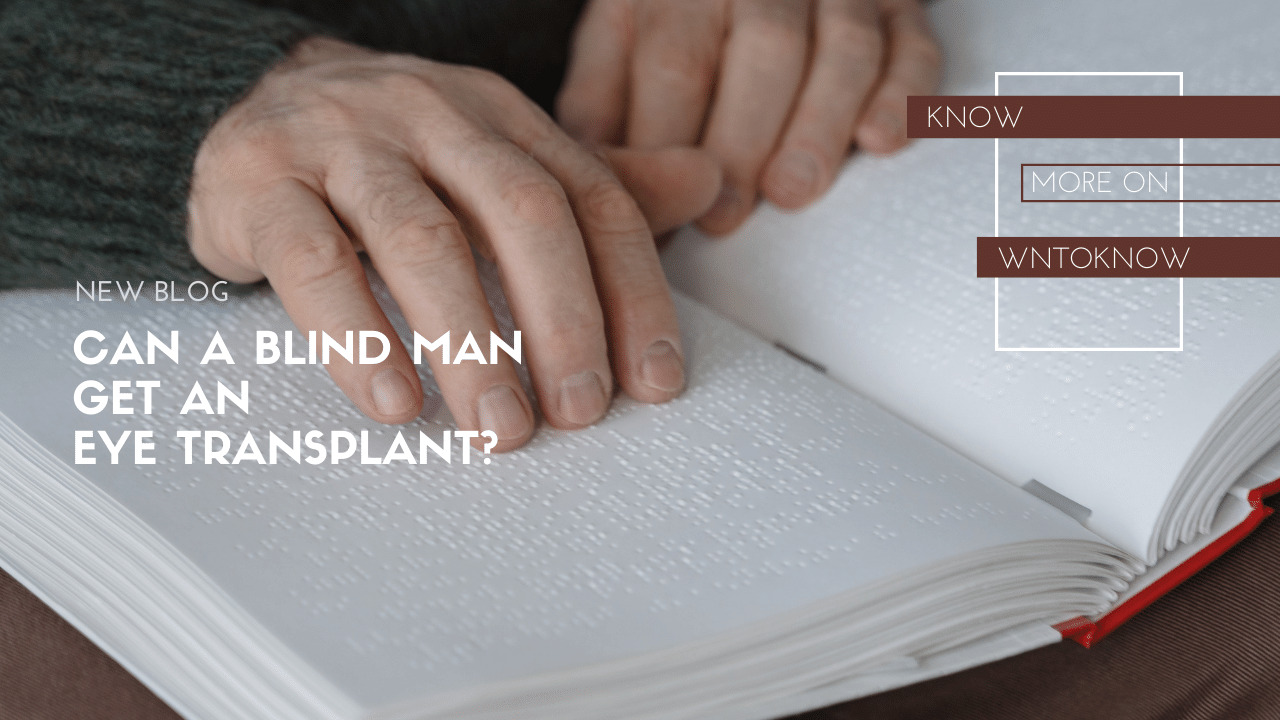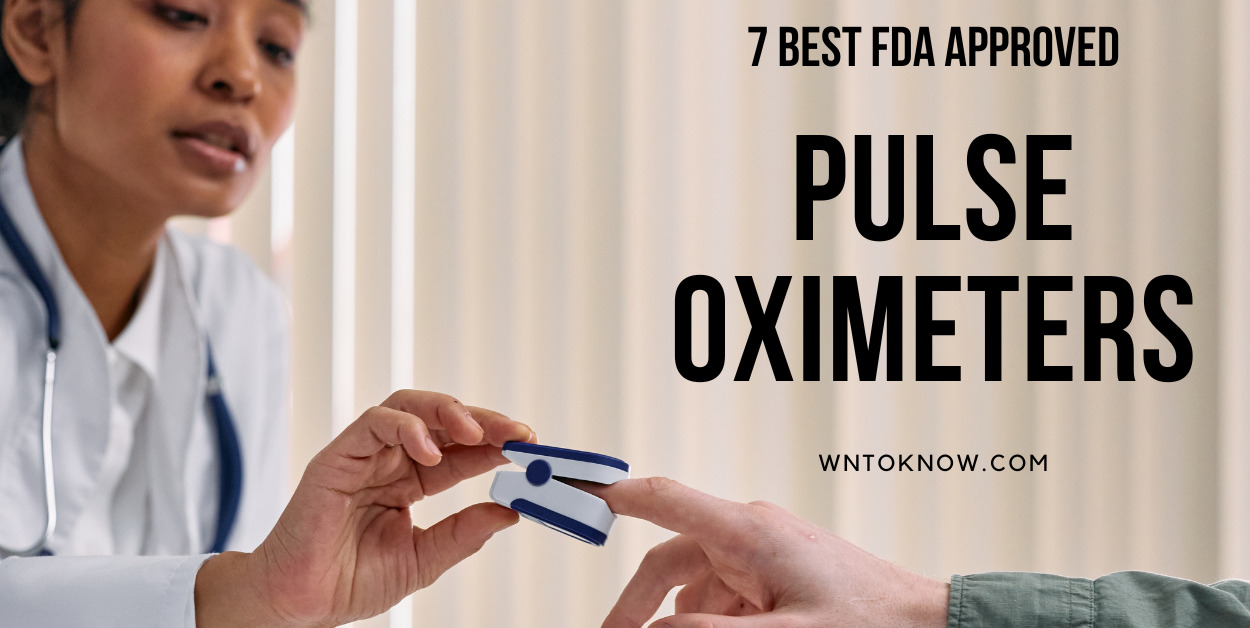Why does my eyes hurt while blinking?
There can be multiple reasons for your eye hurting while blinking. It could due to an improper lens fitting or caused by an invasion of foreign body such as dust particles, shards, lashes, brow lashes, etc. While issues like contact lenses or foreign matter can be treated at home, issues like tear film anomalies, corneal abrasions, and conjunctival issues should require the immediate attention of an ophthalmologist.
Reasons Behind Painful Eyes
Contact lenses
Considered a preferred alternative to glasses, contact lenses can be worn for vision or improved aesthetic appearance. Improper fitting or misuse of these lenses can cause pain while blinking, foreign body sensation, vision impairment, and other issues. Some of the main problems with contact lens wear resulting in blinking issues are:
1) Too tight fit affects the corneal-limbal border and causes discomfort to the user.
2) Loose-fitting contact lenses sometimes get lodged between the lids and ball, creating a foreign body sensation with associated symptoms.
3) Tearing of the contact lens edges results in sharp pain only during blinking of the eyes.
4) Substandard quality of a few cheap contact lenses resulting in infection-induced discomfort.
5) Corneal abrasion while handling contact lenses, especially in people with long nails.
Getting medical help is the best course of action in these cases. Meanwhile, here are some tips to ease the discomfort before visiting your doctor:
– Remove the contact lenses immediately. This can make the discomfort go down to a considerable extent.
– Blink rapidly. This can dislodge the lenses trapped in the upper portion of the eyes and make them easier to be removed.
– Apply an antibiotic ointment and rest your eyes as much as possible. In cases of mild corneal lacerations, this can help control the pain until you get medical help for your situation.
A study conducted by the American School of Optometry concluded that symptomatic conditions are a major reason for contact lens dropout, especially in developing countries. Timely treatment and good quality contact lenses can help deal with the problem in an optimum manner.
The AOA has further advised patients not to share their contacts with others or sleep while wearing their contact lenses.
You may also like to read: Red veins on eyelids- Dangerous? Fast remedies
Tear film anomalies
The AAO defines the ‘Tear film’ as a thin fluid layer composed of oil, water, and mucus spread over the ocular surface. Besides providing lubrication to the eyes, the tear film enables smooth vision and protects the ocular structures from pathogens and foreign bodies. Tear film anomalies are felt acutely because of their distribution over the nerve-rich corneal surface. Tear film-related issues resulting in painful blinking:
1) Computer vision syndrome results from sitting for prolonged hours in front of the computer.
2) Irregular corneal surface because of astigmatism, conical cornea, or glaucomatous conditions.
3) Sjogren’s Syndrome, an autoimmune disorder.
4) Stevens Johnson’s Syndrome results from an allergy to certain medications.
5) Congenitally deformed tear film layer resulting in lifelong symptomatic issues.
The tear film impairment leaves the underlying cornea exposed, giving rise to pain, burning sensation, redness, and other symptoms.
The most important interventions that can be done in these conditions are:
1) Wearing glasses with an Anti-Reflection coating to protect the tear film from computer-induced UV radiation.
2) Application of Lubricating eyedrops/ gels regularly.
3) Maintaining 20/20/20 rules ( rules regarding eye safety when sitting in front of the computer.
4) Wearing polarized sunglasses and protective headgear while exposed to the sun.
5) A combination of the treatment mentioned above.
Studies have proved that the severity of tear film anomalies and their adherence to treatment options play an important role in improving the symptomatic issues. The measures stated above should be followed with the guidance of an optometrist/ ophthalmologist who can better assess your situation.
Foreign body
A foreign body can be defined as an outer material of metal, glass, or natural origin embedded in any area of the eye. Swedish Researchers have proved that ocular injuries are around 8.1 per 1000, out of which 40% are of corneal or conjunctival origin. The friction of these bodies with the corneal surface results in pain, photophobia, and watering. Some of the most common foreign bodies are:-
– Insect remains, metal pieces of vegetative nature, foreign bodies lodged in the space between the eyeball and the lids.
– Metal (iron) shards lodged in the corneal epithelium.
– Tiny Glass shards in the ocular region.
– Residue from lashes, lash extension residues trapped between the ocular surface and contact lenses.
Studies have found foreign bodies a major cause of visual problems in the working population. Deeply embedded foreign bodies are more problematic but less symptomatic than superficial ones. The most important things to make post foreign body impact are:
– Frequent blinking of eyes. This results in watering, and the pressure dislodges the foreign body from its position.
– Washing the eyes with water spray results in the foreign body getting washed out of the eyes.
– Removing the contact lenses to dislodge the foreign body trapped under them.
Ophthalmologists strictly advise against touching the eye or dabbing it in any manner. This can result in a severe corneal abrasion, ulceration, and permanent blindness.
Lid and lash anomalies
Lids and lashes play an important role in protecting the eye and covering it through its thin skin layer. Mechanical, bacterial, and systemic conditions can result in abnormalities in the lid and lash structures. This can lead to a sensation of discomfort and pain while blinking the eyes. The most important lid and lash anomalies causing blinking issues are:-
– Sty formation on lid resulting in painful localized inflammation spots.
– Lid edema because of insect bite, allergic conditions, or use of cosmetics/lash extensions.
– Blepharitis results in itching, ulcerative margins, and pain on blinking.
– Entropion or misdirected lash growth inside the eye affects the corneal nerves.
– Improper fitting of the false lashes can prick your eyes while blinking.
– frequent falling of lashes in the eye due to lash abnormalities or ocular infections resulting in a stinging sensation on blinking eyes.
The most important treatment options for symptomatic relief are:
– Warm compress in cases of style formation.
– Cold compress in lid allergy situations to ease the swelling.
– Removing the lash extensions.
– Sleeping with the head in an elevated position to reduce the swelling intensity.
Health professionals thoroughly evaluate medications like antibiotic ointments and antihistamines for symptomatic relief before getting the lids.
Corneal abrasion/ SPK
In a study conducted by UK-based researchers, superficial corneal abrasions were the most common type of injury, with an incidence of 10.3 per 1000 employees.
The most common cause of corneal abrasions are:
– Exposure to fingernails or animal claws
– Viral infections as a result of contaminated water
– induced by contact lens / foreign body
– Weak corneal surface because of autoimmune diseases
As the nerve fibers present below the corneal surface, corneal problems are the most symptomatic of all ocular issues. Treatment measures should be initiated as soon as possible to prevent permanent damage.
Primary Treatments for Corneal Abrasions:
– Apply antibiotic ointments and rest the eyes as much as possible.
– Do not touch or try to remove the foreign body even if it is visible manually.
– Wear glasses for protective glasses and avoid the sun.
Avoid kids and pets coming near you until your problem has been resolved.
Uveitic symptoms and Conjunctival problems
Uveitic symptoms result in vision loss and eye sensitivity, which unfortunately are not diagnosed properly in the initial stages of the problem. Conjunctival inflammation is intense because the palpebral area of the conjunctiva is linked directly to the lid margins.
If you notice a sudden loss of vision with the problem of blinking, get urgent medical help to improve the visual prognosis. Similarly, in cases of conjunctival inflammation, get prompt treatment to pinpoint the exact cause of the problem and help in proper treatment.
Can Covid make my eyes hurt
In recent times, soreness while blinking the eyes can be a symptom of the body being affected by the Covid virus. In a study conducted to evaluate the symptoms of Covid, ocular symptoms occupied an important part of the list. The most commonly observed phenomenon was photophobia, itchiness of eyes, and sore eyes. The intensity of these symptoms was the most during the active Covid phase compared to pre-Covid and post-Covid phases.
Like other viral infections, the intensity of these symptoms decreases within 7-10 days.
During that period, it is important to:
– Maintain social isolation
– Avoid wearing contact lenses
– Take ocular medication strictly on the advice of the health practitioner.
– Avoid touching the eye or splashing water directly in the eyes.



